Saturday was International Bacon Day! Did you fry some bacon while you were camping? I know, silly question. Of course, you did!
Making bacon in camp can be hard to manage because of all the bacon grease. Your griddle or flat-top grill just gets overrun with it. But did you know you can bake bacon in a box oven? Not only does this manage the grease a little better, but also frees up your griddle or flat-top for other fun, like pancakes, hashbrowns or eggs.
We knew bacon could be baked in the oven at home and we had baked bacon in the big camp kitchens, which is a great way to do it if you’re feeding a bunch of hungry campers; so why wouldn’t it work in a box oven at camp? We decided to try it on one of our Girl Scout campouts and it worked! Here’s how we did it:
We lined a rimmed baking pan with parchment paper. The pan must be rimmed or you’re going to have bacon grease everywhere! The parchment paper will help manage the grease. Lay your bacon out on the pan in a single layer. They can touch but not overlap.
 In a regular oven, you would bake at 375° for 18 to 20 minutes or until it reaches your desired level of crispness. There is no need to flip it. Just let it do its thing. When it’s done, use tongs to transfer the bacon to a paper-towel lined plate.
In a regular oven, you would bake at 375° for 18 to 20 minutes or until it reaches your desired level of crispness. There is no need to flip it. Just let it do its thing. When it’s done, use tongs to transfer the bacon to a paper-towel lined plate.
In camp, in the box oven, we found we needed a little hotter oven. We bumped it up to 425° using 17 coals. I’d also recommend soup or juice cans to elevate your baking sheet, which are shorter and will place your baking sheet closer to the coals.
Our box oven was an apple box, my favorite. For instructions on how to make a box oven, see my blog post, “DIY Box Oven.” An apple box will accommodate a standard 17¼ x 11¼ baking sheet, which will hold about 10 slices of bacon, depending on the size of your bacon. If you are feeding a crowd, you may want a second box oven or you may need to make a couple of batches. If making multiple batches, you can always wrap the bacon in foil and place it near the fire to keep it warm, although I don’t mind cold bacon. I mean, bacon is bacon, right?
 So, the next time you camp, try baking bacon in a box oven. You may need to experiment a little to find the temperature and time combination that will give you bacon to your desired doneness, but it’s worth every bake, because you’re making bacon! Don’t be so distracted by the magic in your box oven you forget you can have hashbrowns and eggs going on the griddle, while the bacon is baking.
So, the next time you camp, try baking bacon in a box oven. You may need to experiment a little to find the temperature and time combination that will give you bacon to your desired doneness, but it’s worth every bake, because you’re making bacon! Don’t be so distracted by the magic in your box oven you forget you can have hashbrowns and eggs going on the griddle, while the bacon is baking.
Get out outside and cook something amazing!
If you like this blog and don’t want to miss a single post, subscribe to Chuck Wagoneer by clicking on the Follow Us button in the upper right corner and follow us on Facebook and Pinterest for the latest updates and more stuff!
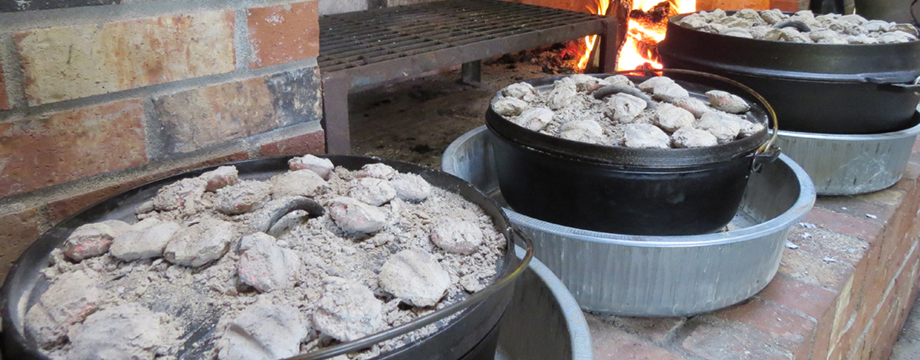


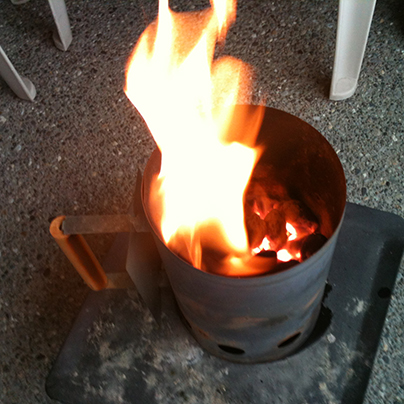

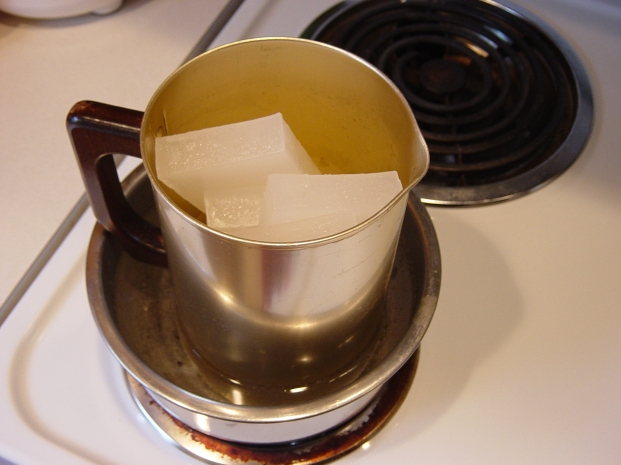

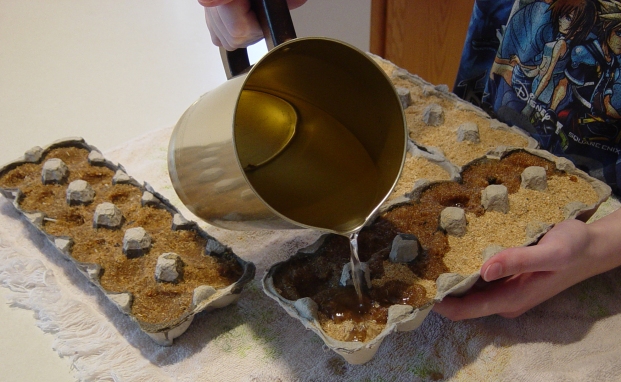
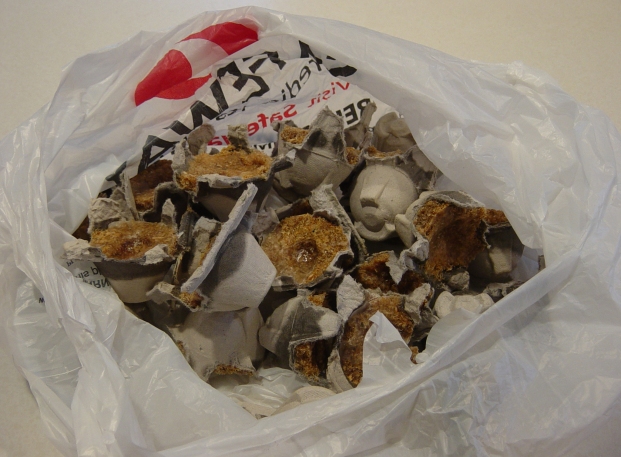



Recent Comments